One part vicious beast, one part snow-bound legend, the wolverine is a powerful creature that lives in western Montana’s high mountains. This animal is a recluse by nature and a sighting in the wild is nothing short of a marvel.
The wolverine, while somewhat resembling a grizzly bear in both behavior and range, is the largest land-dwelling member of the carnivorous mustelid family, and has close relations to the badger, fisher, river otter, and ferret.

Its scientific name—Gulo gulo, Latin for glutton—reflects its striking character as a ferocious predator that can contend with prey many times its size. Stories tell of the 30-pound wolverine successfully hunting injured caribou and chasing grizzlies away from their kill, though during the summer months these animals most commonly feed on small mammals such as rabbits or rodents, as well as plants and berries.
Unlike a bear, the wolverine remains active throughout the winter months, opportunistically feeding on carrion, such as the winter-killed carcasses of deer and elk. Due to nearly exclusive winter scavenging, the wolverine is constantly on the move while snow is on the ground. Males might traverse a home range of up to 500 square-miles, while females roam a roughly 300-square-mile area, covering as much as 20 miles in a single day.
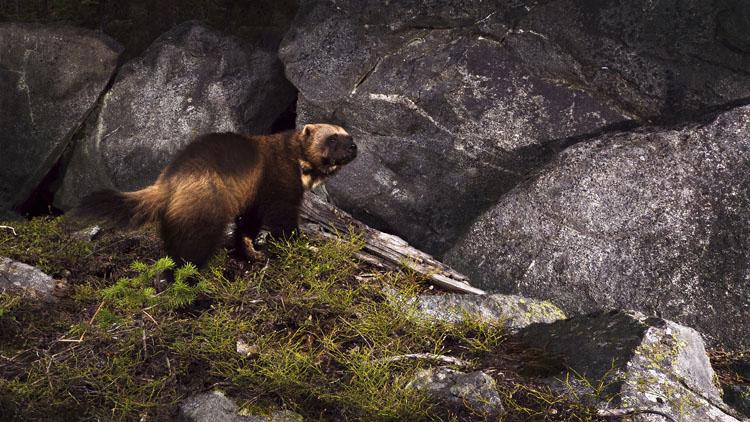
Wolverines are quite territorial, and while a male might share an area with another female, wolverines of the same sex rarely live in proximity. Due to their large home ranges and territoriality, wolverines live in low densities at high elevations throughout the world, from the U.S. and Canada to the Nordic countries of Europe, and throughout Russia and Siberia. They are naturally rare beasts, often recognized as a symbol of wilderness for the remote places in which they live.
Reproduction is slow for the wolverine. Females of reproductive age—about two- or three-years-old—will den in the snow in late winter or early spring in order to give birth to an average of two or three kits, though usually only one survives to adulthood. Born white and with closed eyes, they call this natal den home for up to 10 weeks, at which time they begin to roam, following their mother. Wolverines typically live for seven to 12 years.

Historically, wolverines were trapped for their thick, frost-resistant fur, which may be used to line and trim parkas and other garments. Excessive trapping and early 1900s practices that targeted the reduction of predators by poison led to a decline in wolverine populations in the U.S. However, with conservative management, wolverines slowly began to recolonize historic ranges and are now widespread in northcentral Washington, north and central Idaho, western Montana, and northwestern Wyoming, though they have yet to move back to California, Colorado, and the Great Lakes states.
Much of what is known about the wolverine is the result of many years of sometimes vexing research. Kimberly Heinemeyer, based in Bozeman, is a lead conservation scientist for Round River Conservation Studies. Having participated in wolverine captures and many remote camera studies, she says in a series where thousands of photos are captured, perhaps only a handful will include wolverines. “You’d better get pretty excited for every success you have,” she said.
Capturing a wolverine on camera is one thing. Capturing a wolverine in a trap for purposes such as GPS collaring can be something else entirely. Researchers take advantage of Golo golo’s scavenging nature in the winter and bait them into traps designed to look like holes in the snow. Due to their leery nature and the strength of a wolverine’s jaws, traps are made of wood, built on-site before it snows, and resemble mini-log cabins, Heinemeyer said. Once trapped, remote sensors send a signal to the researchers.
Specifically, Heinemeyer has used GPS tracking to look at the impacts of backcountry winter recreation on wolverine range in the Teton, Centennial, and Henry mountains of the Greater Yellowstone ecosystem. She’s found that both snowmobiles and skiing can disrupt wolverines, further limiting their remote range.
In addition to GPS tracking, researchers are identifying individuals with the help of DNA analysis and biometrics—the measurement and statistical analysis of unique physical characteristics.
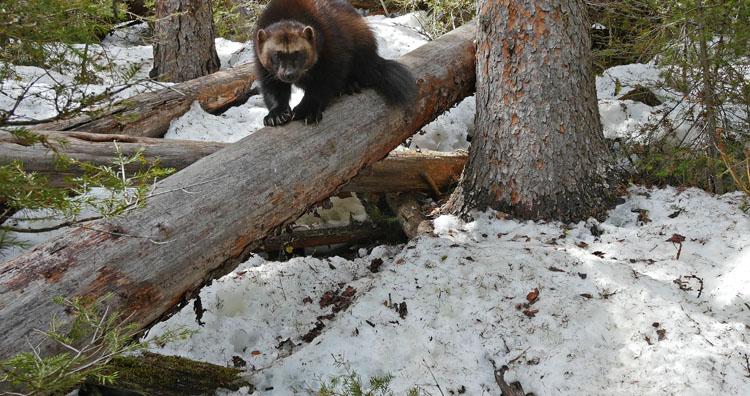
Montana wildlife photographer and artist Kalon Baughan has worked on this latter strategy as a field technician for the Northern Rockies Conservation Cooperative as a way of giving back, he says. He’s photographed a number of individuals many years in a row and is helping to develop noninvasive strategies that can improve the way researchers monitor wolverines.
By placing bait on a wooden stand situated in front of a remotely triggered camera, Baughan is able to photograph wolverines standing upright on two legs, allowing him to tell if a female is lactating, and also identify the individual based on unique throat-patch fur patterns, which biologists have found to resemble human fingerprints. This strategy has been confirmed by DNA from hair samples captured by brushes mounted to the bait stand.
For Baughan, the most important aspect of this research is the ability to tell if a female is reproducing, as it provides critical information about how the population is doing. “You can’t get that information through any other methodology that I’m aware of,” he said.
Bob Inman, the Montana Fish, Wildlife, and Parks Furbearer Coordinator, estimates there are between 250 and 300 wolverines in the lower 48, a number the biologist says he wouldn’t expect to ever be much higher. “That’s just the way they live and exist,” he said. “They’re like a needle in a haystack.”

In 2016, the states of Montana, Idaho, Washington, and Wyoming launched an unprecedented monitoring program through a partnership with state universities, as well as the Northern Arapaho, Eastern Shoshone, and the Confederated Salish and Kootenai tribes. Called the Western States Wolverine Conservation Program, this initiative looks at wolverines as an entire population and maintains the conservation goals to connect, restore and monitor.
“Because they live in high elevation areas, they need to disperse out of the mountain range they were born in, so they disperse across the low elevation, which is often private lands or places that are developed,” Inman said. “Connectivity is a very important thing for wolverines.”
With habitat connectivity slowly diminishing, increasing human presence in the backcountry, and warming temperatures threatening to alter snow conditions, it’s unclear how the wolverine will respond. However, results of the multi-state study will help to guide conservation decisions, and ultimately will partner with the studies of Baughan, Heinemeyer, and others to create a more informed dialogue.
As wildlife biologist Douglas Chadwick describes in his 2012 volume, The Wolverine Way, speaking about his time working on the Glacier Wolverine Project in Glacier National Park, “There was an especially pressing reason to go wandering after wolverines. To use a phrase that sounds shopworn because the words apply to so many life forms these days: The animals are in serious trouble.”
Now, perhaps more than ever, research will be a necessary tool for conservation.



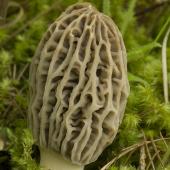
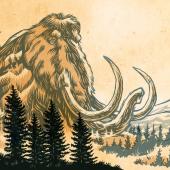
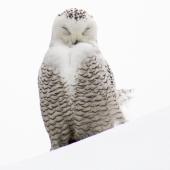
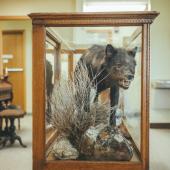
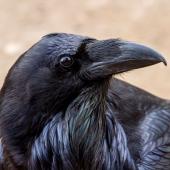

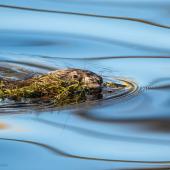
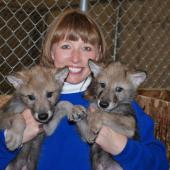

- Reply
Permalink